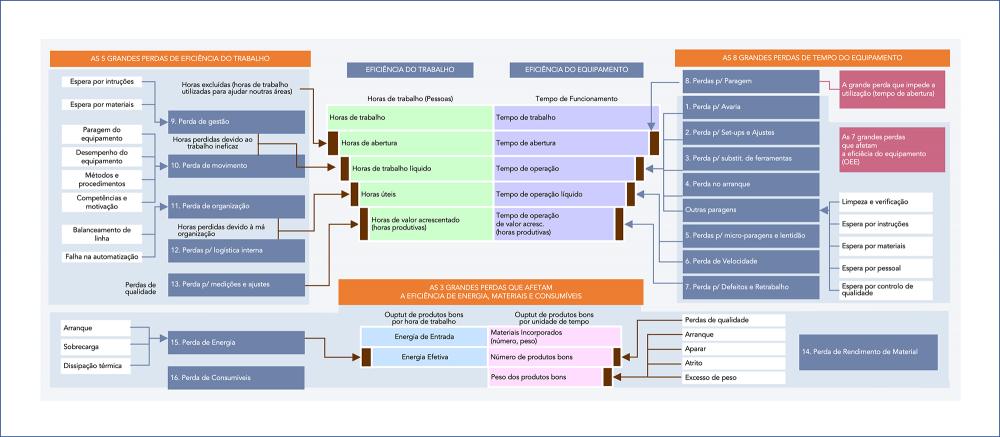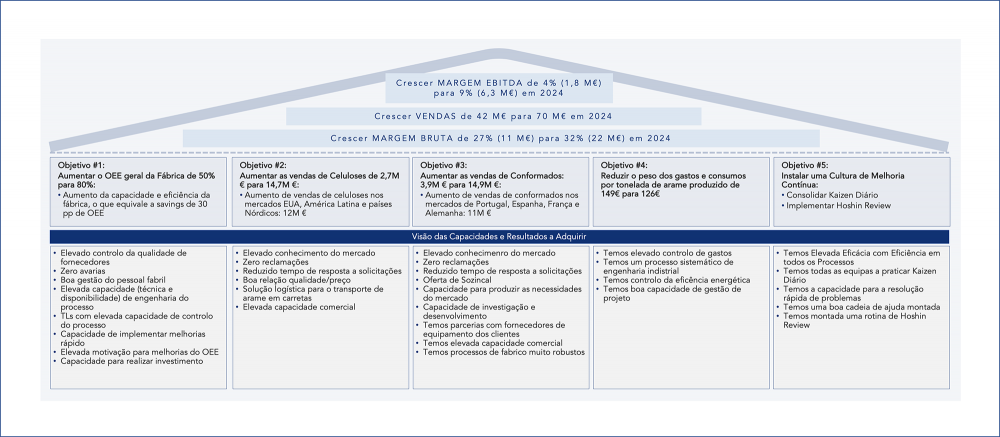The Case
KAIZEN™ in Manufacturing started in 2018. Need to impact sales and profitability

- Stalled sales in the last 3 years
- Low profitability (EBITDA/sales) and with a tendency to decrease even more
- Most sales are in product and low margin segments (Construction)
- Lack of information on markets (size, quota, competition) and VOC
- Low efficiency marketing and commercial processes
- Low production efficiency limits the effort to increase sales
The solution
Strat to Action Plan (south of matrix X)… with 5 breakthrough priorities with goals

- Selection of breakthrough initiatives
- Market penetration (in 2 high margin/growth markets)
- Improving the OEE (on production lines for high margin markets)
- KAIZEN™ Culture consolidation (Deploy DK to all teams and implement Hoshin Review)
The Results
- Sales increase from 41 million to 65 million (59%)
- OEE increase from 50% to 80% (60%)
- EBITDA increase from 1,8 million to 4,9 million (172%)
See more on Assembly Manufacturing
Find out more about transformation in this sector
See more on Strategy & Leadership
Find out more about improving this business area
